The Fast Charging USB Cable Buyer's Guide
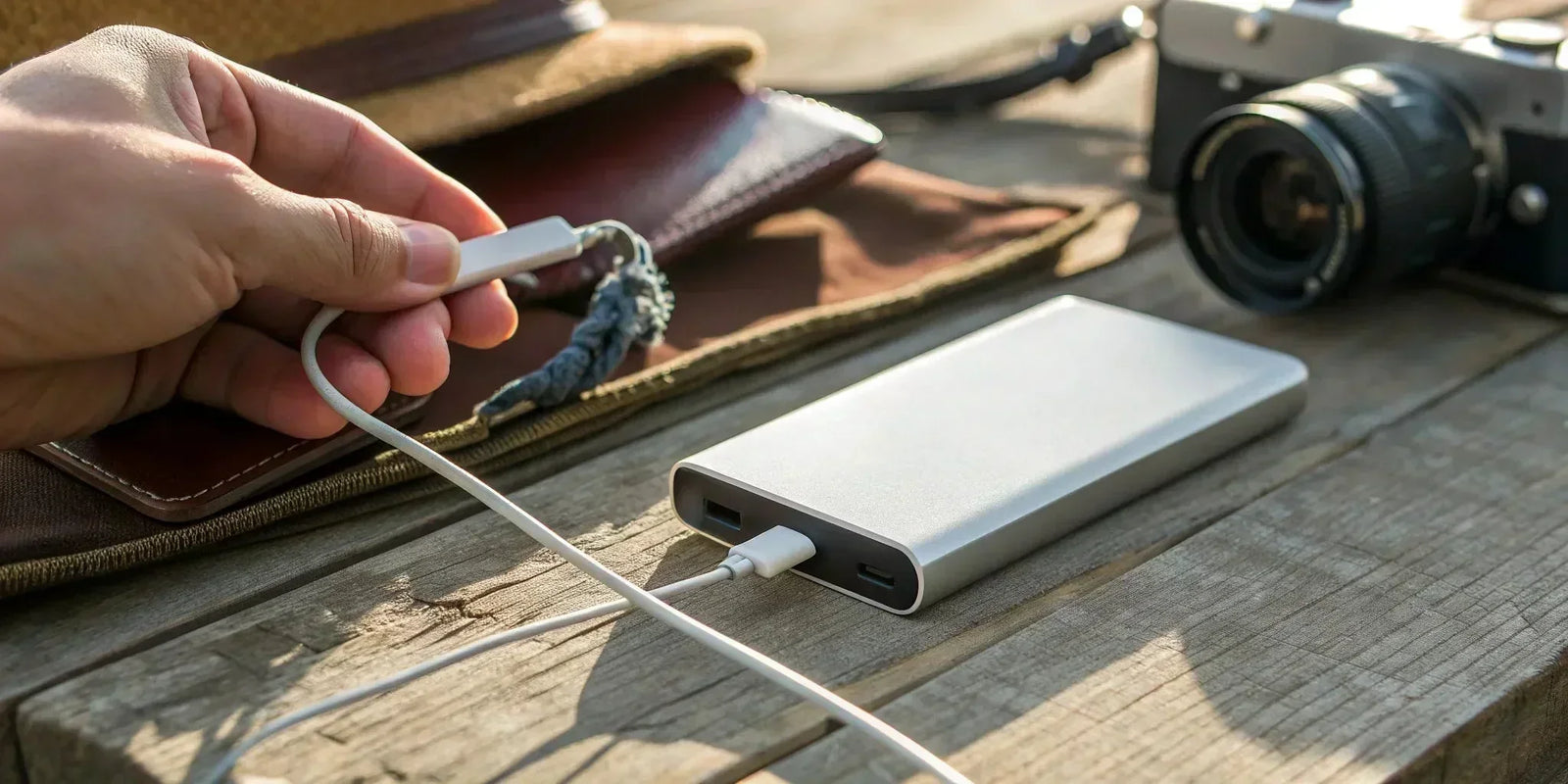
We’ve all felt that flash of panic when our phone battery hits 5% right before we need to leave. In that moment, a slow charger is your worst enemy. The truth is, not all charging cables are created equal. You can have the most powerful wall adapter in the world, but if your cable is a bottleneck, you’re stuck waiting. The market is flooded with options, and the technical jargon watts, Power Delivery, MFi certification—can make picking the right one feel like a guessing game. This guide cuts through the noise. We’ll explain what makes a great fast charging usb cable and show you how to choose one that’s durable, safe, and powerful enough for your devices.

Portable Solar Power Bank 26800mAh - 99Wh Fast Charger
Lithium Polymer (Li-Po) battery. PD fast charging. Holds up to 8 days of reliable power on a single charge. Boasts a charging speed 50% faster than ordinary portable chargers.
Shop NowKey Takeaways
- Check your entire charging system: Fast charging is a team effort. Your cable, power adapter, and device must all support the same fast-charging standard to work, so ensure every piece of your setup is designed for high-speed performance.
- Look for signs of quality and safety: A durable cable is a smart investment. Prioritize features like braided nylon sheaths and reinforced connectors, and always check for official safety certifications like MFi for Apple products to protect your devices.
- Match the wattage to your most powerful device: A standard 60W cable is perfect for phones and tablets, but a high-performance laptop requires a cable rated for 100W or more. Always choose a cable that can handle the power needs of your most demanding gadget.
What is Fast Charging Technology?
Let's get straight to it: fast charging isn't magic, it's just smart power management. At its core, fast charging technology allows a charger to send more power, measured in watts (W), to your device's battery. A standard old-school charger might only deliver 5W, while a fast charger can push 20W, 60W, or even more. Think of it like filling a water bottle—a wider hose fills it up much quicker than a narrow straw.
For this to work, you need a complete system: a device that can handle fast charging, a powerful wall or car charger, and a cable built to carry that higher electrical current safely. If any one of these components isn't up to the task, the whole process slows down to the speed of the weakest link. That's why the cable you choose is just as important as the charger you plug it into. It’s the bridge that delivers all that power, and a flimsy bridge can cause a serious traffic jam.
Power Delivery (PD) vs. Quick Charge
When you start shopping, you'll see terms like "Power Delivery" (PD) and "Quick Charge" (QC). These are essentially the two main languages that devices and chargers use to talk to each other to negotiate the fastest possible charging speed. USB Power Delivery is the universal standard, used by most modern devices, including iPhones, Google Pixels, and laptops. It’s the most common protocol you’ll find with USB-C cables.
Quick Charge is a technology developed by Qualcomm, so you'll typically find it in Android phones with Qualcomm processors. To make things a bit more complex, some brands like OnePlus have their own proprietary systems that require their specific chargers and cables to hit top speeds. The key takeaway? For the widest compatibility and future-proofing, a cable that supports USB Power Delivery is almost always your best bet.
How Much Wattage Do Your Devices Need?
Wattage determines charging speed, and different devices have different appetites for power. Your smartphone might only need 20W to charge rapidly, while a tablet could use 30-45W, and a laptop might require 60W or more. Most standard fast-charging ProSeries Max are rated for 60W, which is the perfect sweet spot for charging the majority of your personal tech, from phones to tablets and even many laptops.
Don't worry about using a cable that’s rated for more power than your device needs. Your phone, charger, and cable are smart enough to communicate, and your device will only draw the amount of power it can safely handle. Using a 60W cable for a 20W phone is perfectly fine and ensures you have the versatility to charge more demanding devices later.
Why a Quality Cable is Key to Full-Speed Charging
You can have the most powerful charger in the world, but it won't mean a thing if your cable can't handle the current. All USB-C cables may look alike, but there are huge differences in their internal construction and performance. A cheap, poorly made cable acts as a bottleneck, throttling your charging speed and preventing you from getting the power you paid for.
Investing in a quality cable is about more than just speed. It’s about safety and durability. Well-built cables have better shielding to protect against electrical interference and are constructed with materials that can withstand the bends, twists, and pulls of daily use. Pairing a high-quality cable with one of our fast wall chargers ensures you have a reliable, efficient, and long-lasting charging setup that delivers full power every single time.
What to Look For in a Fast Charging Cable
A fast-charging cable is more than just a wire. The right one can power up your device in a fraction of the time and last for years, while the wrong one can be slow, flimsy, or even a safety risk. So, what separates the best from the rest? It comes down to a few key features that are easy to spot once you know what to look for. When you’re ready to buy, pay close attention to the cable’s construction, safety marks, and technical specs to make sure you’re getting the performance and peace of mind you deserve.
Check for Durability and Build Quality
We’ve all been there: a frayed cable, an exposed wire, a connector that’s bent out of shape. A cable’s lifespan depends entirely on its construction. Look for features that can stand up to daily plugging, unplugging, and coiling. High-quality cables often feature a braided nylon sheath instead of a standard plastic or rubber coating, which prevents tangling and protects against nicks and cuts. Metal connector shells are another sign of a well-made cable, offering more resilience than plastic. The best cables, like our ProSeries Max also have reinforced stress points where the cable meets the connector head the most common point of failure. Investing in a durable cable means you’re not just buying a better product; you’re buying one that will last.
Does Cable Length Affect Charging Speed?
It’s a common myth that a longer cable means a slower charge. For well-made, certified cables, this simply isn’t true. Reputable manufacturers design their cables to deliver consistent power and data transfer speeds across standard lengths, whether it’s three feet or ten. This means you can choose a longer cable for the convenience of charging from a distant outlet without worrying about a drop in performance. While an extremely long, low-quality cable might see some power loss, you won’t have that issue with a quality-built product. So go ahead and get the length that fits your lifestyle, whether you need a short cable for your car charger or a longer one for your nightstand.
Look for Safety Certifications
When you’re dealing with electricity, safety should always be a top priority. Certified cables have been tested by third parties to ensure they meet strict safety and quality standards, protecting your devices from overheating, short-circuiting, and overcharging. If you’re buying a Lightning cable for an iPhone or iPad, look for the MFi Certified badge, which means it meets Apple’s rigorous standards. For USB-C cables, look for USB-IF certification. This indicates the cable complies with the official specifications from the organization that developed USB technology. Using uncertified cables is a gamble that can damage your expensive electronics, so always check for these marks of quality before you buy.
Match the Compatibility to Your Device
To get the fastest charge possible, your cable, charger, and device all need to speak the same language. This "language" is a fast-charging protocol, like USB Power Delivery (PD) or Programmable Power Supply (PPS). Most modern devices, from Google Pixel phones to laptops, use these common standards. This is great news because it means you don’t need a special brand-specific cable. However, you do need a cable that supports the protocol your device uses. For example, to fast-charge a device that uses USB-PD, you’ll need a USB-PD-compatible cable and one of our fast wall chargers that also supports the standard. Always check your device’s specifications to see which protocol it uses.
Which USB Cable Do You Need?
Choosing the right cable can feel like a pop quiz you didn't study for. With different connectors, power ratings, and brand claims, it's easy to grab the wrong one. But the right cable is the key to getting your device back to full power at top speed. Let's walk through the most common types so you can confidently pick the perfect one for your gear.
USB-C: The Modern Standard
If you've bought a new phone, laptop, or tablet recently, you're likely familiar with USB-C. This small, reversible connector is the new universal standard for a reason. It supports high-speed data transfer and, most importantly, fast charging through a technology called Power Delivery (PD). Most standard USB-C cables can handle up to 60 watts, which is plenty for phones and some tablets. For more power-hungry devices like laptops, you’ll want a cable specifically rated for higher outputs, like 100W or more. Our ProSeries cable are built to deliver a consistent and safe fast charge every time.
USB-A: Still Going Strong
USB-A is the classic rectangular port you’ve seen for years on everything from computers to wall chargers. While it’s being phased out in favor of USB-C, it’s still incredibly common. It's important to know that USB-A has its limits when it comes to speed. A USB-A to USB-C cable typically maxes out at around 15W of power and doesn't support the Power Delivery protocol. This means that even if you have a powerful wall adapter, a cable with a USB-A end will be a bottleneck. It’s perfect for older devices or when top speed isn't a priority, but for true fast charging, you’ll want to use USB-C from end to end.
Lightning Cables for Your Apple Gear
For iPhone users, the Lightning cable has been the go-to for a decade. While newer iPhones are adopting USB-C, millions of us still rely on the Lightning connector. When shopping for a replacement, the most important thing to look for is an "MFi Certified" label. MFi stands for "Made for iPhone/iPad/iPod," and it's Apple's official seal of approval. This certification ensures the cable meets Apple's strict standards for safety, durability, and performance. Using a non-certified cable can risk damaging your device or just not working properly after an iOS update. You can learn more about the MFi Program to understand why it's a non-negotiable for your Apple devices.
How to Read Power Ratings
Understanding power ratings is simpler than it sounds. The speed of a charge is measured in watts (W). The more watts, the faster the charge. Fast charging works by transferring more power to your device's battery in a shorter amount of time. When you see numbers like 60W, 100W, or even 240W on a USB-C cable's packaging, it’s telling you the maximum power it can safely handle. To get the best speed, you need to match your cable, your charger, and your device. For instance, pairing a 100W-rated cable with a 100W wall charger will give your compatible laptop the juice it needs at maximum velocity.
The Best Fast Charging Cables for Any Situation
Finding the right fast charging cable isn't about picking the most expensive one off the shelf. The "best" cable is the one that fits your devices, your budget, and your lifestyle. Whether you're a power user juggling multiple high-end gadgets, a frequent traveler who needs something that can withstand being tossed in a bag, or just looking for a reliable daily driver, there's a perfect cable out there for you. Let's break down some top picks for every situation so you can find your perfect match.
For All-Around Performance: The KEUTEK ProSeries
If you're looking for one cable to rule them all, this is it. The ideal all-arounder is a cable that’s durable, versatile, and powerful enough for all your daily devices without a second thought. You need something that can charge your phone, your tablet, and maybe even your laptop. KEUTEK’s ProSeries cables are designed for exactly this kind of versatility. They support Power Delivery (PD), making them a perfect match for fast-charging a wide range of devices, from the latest iPhone and Samsung Galaxy to your MacBook Air. With a tough, braided exterior and reinforced connectors, they’re built to handle the daily grind while consistently delivering the speed you need.
For the Power User: Premium Options
For those who rely on high-performance tech for work or play, a standard cable just won't cut it. Power users—think video editors, gamers, and multi-device professionals—need a cable that can handle maximum wattage for the most demanding laptops and tablets. Premium cables are built with superior components to safely manage higher power levels and offer faster data transfer speeds. When you’re charging a power-hungry device, you’ll want to pair it with a powerful wall adapter to get the full benefit. Investing in a premium option means you get top-tier performance, enhanced safety features, and the peace of mind that your expensive gear is protected while it powers up.
For Smart Savings: Budget-Friendly Picks
You don't have to spend a fortune to get a safe and speedy charge. If you're looking to save a few dollars, there are plenty of great options that won't break the bank. The key is to shop smart. Look for cables that clearly state their wattage support—many affordable USB-C cables can still deliver 60W or even 100W, which is more than enough for most phones and many laptops. Always check customer reviews for real-world feedback on durability and performance. While you might skip some premium features like ultra-fast data transfer, you can easily find a reliable cable for everyday charging that is both effective and economical.
For Life on the Go: Travel-Ready Cables
When you’re on the move, your charging cable becomes a lifeline. A travel-ready cable needs to be two things: tough and reliable. Look for features like a braided nylon sheath and reinforced metal connectors, which protect the internal wires from the stress of being coiled, stuffed in a backpack, and used in tight spaces. A flimsy cable is the last thing you want to deal with when you're trying to power up at an airport or in a hotel. For ultimate convenience on the road, pair your durable cable with a fast car charger or a portable power bank. This ensures you have a dependable charging setup no matter where your travels take you.
How to Choose the Right Fast Charging Cable
Picking the right cable can feel like a shot in the dark, but it doesn't have to be. With a little know-how, you can easily find a cable that charges your devices quickly and safely. It really comes down to understanding your gear, spotting quality construction, and knowing what you’re paying for. Let’s walk through the key things to consider so you can make a smart choice and get back to being fully charged.
Check Your Device's Compatibility
Before you buy, the first step is to play matchmaker between the cable and your device. Most modern devices use USB-C, and a standard cable can typically handle fast charging up to 60 watts. This covers most smartphones, tablets, and even some smaller laptops. However, it’s crucial to check your device’s specifications to see what charging protocol it uses, like Power Delivery (PD) or Quick Charge. Using a cable that supports your device’s specific protocol ensures you get the fastest, most efficient charge possible. A versatile option like a ProSeries USB-C cable is designed to work with a wide range of devices, taking the guesswork out of the equation.
Determine Your Power Needs
Think about what you’re charging. A smartphone has very different power needs than a high-performance laptop. If you’re charging devices that require more than 60W, such as a MacBook Pro or a powerful gaming laptop, you'll need a cable specifically rated for higher power delivery, like 100W or more. Pairing a high-wattage device with a standard cable will result in slow charging or no charging at all. Always match your cable’s power rating to your most demanding device and pair it with an equally powerful wall adapter. Investing in a complete setup, including fast wall chargers, ensures every part of your charging system is working together to deliver maximum speed.
Spot the Signs of a Quality Cable
A well-made cable is not only faster and more reliable, but it also lasts longer. Look for physical signs of durability. Cables with a braided nylon sheath are more resistant to fraying and tangling than standard plastic ones. Metal connector shells are also a great indicator of quality, as they protect the delicate internal wiring from damage. These features show that the manufacturer didn't cut corners. Taking good care of your cable by unplugging it gently and storing it properly also makes a huge difference. Following some essential tips for cable care can significantly extend its life, saving you money and frustration down the road.
Balance Price with Performance
It can be tempting to grab the cheapest cable you can find, but this often leads to disappointment. While they may look the same on the outside, budget cables can have major differences in performance and safety. They might charge slowly, fail to transfer data correctly, or break after just a few weeks. Investing a little more in a reputable brand gets you better materials, more reliable performance, and safety features that protect your devices from overcharging or short-circuiting. Think of it as an investment in the longevity and health of your expensive electronics. A quality cable provides peace of mind and consistent performance you can count on.
Don't Forget the Warranty
A good warranty is a clear sign that a company stands behind its product. When a manufacturer offers a solid warranty, it shows they have confidence in the cable's durability and performance. Before you buy, check the warranty details. A lifetime or multi-year warranty is a great indicator of a high-quality product built to last. It protects you from manufacturing defects and gives you a clear path for a replacement if something goes wrong. This small detail can save you the hassle and expense of buying new cables repeatedly. It’s a simple check that speaks volumes about the product you’re about to purchase.
How to Charge Faster and Smarter
Having the right cable is just the first step. To get the best performance and make your gear last, it helps to adopt a few smart habits. Think of it as getting the most out of your investment. These simple practices will help you charge your devices quickly and safely every single time, ensuring you’re always powered up and ready to go.
Best Practices for Your Charging Setup
For true fast charging, your cable and your power adapter need to work as a team. Plugging a high-wattage cable into a weak, old power brick is like putting regular fuel in a sports car—you just won’t get the performance you paid for. To get top speeds, pair your fast-charging cable with one of the latest fast wall chargers that can deliver the wattage your device needs. Most quality USB-C cables can handle up to 60W, which is perfect for phones, tablets, and even some laptops. Always match your charger’s output to what your cable and device can handle for the best results.
Troubleshooting Common Charging Problems
Is your phone charging at a snail’s pace? Don’t panic. First, give your gear a quick inspection. Check your cable for any visible damage like frays or bent pins, and if you find any, it’s time to replace it. Next, take a look at your device’s charging port. Dust and lint love to hide in there, which can interfere with the connection. You can gently clean the charging port with a soft, dry brush or a puff of compressed air. If it’s still slow, double-check that you’re using a cable and adapter that both support fast charging for your specific device.
Simple Tips to Make Your Cable Last
A little care goes a long way in extending the life of your charging cables. Instead of yanking the cord, always pull from the sturdy connector head when unplugging. When you store it, try coiling it in a loose circle rather than wrapping it tightly around your charger, which can strain the internal wires. Keeping your cables away from moisture and extreme temperatures also helps prevent damage. Investing in a cable with a durable build, like our braided nylon ProSeries USB-C cables, gives you a head start, as they’re designed to withstand daily wear and tear.
Know When It's Time for a New Cable
Even the best cables don’t last forever. If your cable only works when held at a specific angle, if your device constantly connects and disconnects, or if you see visible fraying and exposed wires, it’s time for a replacement. Using a damaged cable isn’t just annoying; it can be a safety risk to you and your device. This is especially true for cheap, uncertified cables, which are often poorly made and can fail unexpectedly. When you see the signs of wear, it’s best to retire your old cable and invest in a new, reliable one.
What's Next in Fast Charging?
Fast charging isn't just a feature anymore; it's an essential part of how we use our technology. As our devices become more powerful and integrated into our daily lives, the way we power them has to keep up. The good news is that charging technology is evolving just as quickly, moving toward a future that’s faster, more convenient, and more durable than ever. We're seeing smarter standards that deliver more power, a universal approach that simplifies our setups, and cable designs built to withstand the rigors of modern life. This constant innovation means less time tethered to an outlet and more time doing what you love, whether you're on a cross-country road trip or just trying to get through a busy workday.
The Future of Power Standards
The core of fast charging is simple: transfer more power, faster. As our own guide explains, "Fast charging cables charge devices faster by transferring more power, measured in watts, and are designed to handle higher electrical current." The future is all about increasing that wattage safely and efficiently. While 60W charging has become a common standard for many devices, the industry is already pushing beyond that. We're seeing the development of cables and chargers that can handle 100W, 140W, and even up to 240W. This means you'll soon be able to power up demanding devices like high-performance laptops just as quickly as you charge your phone today. These new power standards are paving the way for even more powerful and versatile technology.
One Charger for All Your Devices
The dream of a single cable and charger for every device is quickly becoming a reality, thanks to the versatility of USB-C. This universal standard is simplifying how we power our lives, eliminating the tangled mess of proprietary chargers we used to carry. Most standard USB-C cables can already handle up to 60W, which is enough to fast charge everything from smartphones and tablets to many modern laptops. This trend toward consolidation means less clutter in your bag and at your desk. For families, travelers, and anyone who juggles multiple devices, having a single, reliable charging setup for everything is a game-changer. It’s a smarter, more streamlined approach to power that reduces e-waste and makes life a little bit easier.
Smarter, Stronger Cable Designs
A cable's performance isn't just about the power it carries; it's also about how well it's built. The future of charging cables lies in smarter designs that prioritize durability and longevity. You can expect to see more cables with features like metal connector shells and tough, braided sheaths that resist fraying and tangling. These materials don't just look good—they protect the delicate wiring inside, ensuring a stable and efficient charge for years. As manufacturers focus on creating more resilient products, it's also important to care for your cables properly. Gentle unplugging and proper storage can significantly extend the life of even the most well-made cable, making your investment in quality gear go even further.
Related Articles
- The Ultimate Fast Charge Cable Buyer's Guide
- Fast Charger Cables: The Ultimate Guide (2024)
- The Ultimate Fast Charging Cable Guide for 2025
- Fast Charging Cables: The Ultimate 2024 Guide
- Fast Charging Cable: Ultimate Speed Guide

Portable Solar Power Bank 26800mAh - 99Wh Fast Charger
Lithium Polymer (Li-Po) battery. PD fast charging. Holds up to 8 days of reliable power on a single charge. Boasts a charging speed 50% faster than ordinary portable chargers.
Shop NowFrequently Asked Questions
Will using a powerful fast charging cable damage my phone's battery? This is a common concern, but you can rest easy. Your smartphone is smart enough to protect itself. Modern devices have built-in regulators that control how much power the battery draws. So, even if you plug it into a high-wattage setup, your phone will only take the amount of power it can safely handle. The key is to use quality, certified gear that communicates properly to ensure this safety system works as intended.
My new cable is supposed to be fast, but my phone is still charging slowly. What's wrong? Slow charging is almost always a "weakest link" problem. For fast charging to work, your device, your cable, and your power adapter must all support the same fast-charging standard. If you pair a powerful cable with an old, low-wattage wall charger, you'll only get slow speeds. Make sure your power adapter is also rated for fast charging and has enough wattage to match what your device can handle.
Is it safe to use a high-wattage cable, like one for a laptop, to charge my smartphone? Yes, it's perfectly safe and actually a great way to simplify your setup. A cable's wattage rating indicates the maximum power it can handle, not the amount it forces out. Your phone, cable, and charger all communicate to determine the optimal charging speed. Your phone will only pull the power it needs, so using a more capable cable won't cause any harm and ensures you have the versatility to charge all your devices.
What's the most important feature to look for if I want a cable that will actually last? Look at the physical construction, especially where the cable meets the connector head. This is the most common point of failure. A quality cable will have reinforced stress points to prevent bending and breaking. A braided nylon exterior is another excellent sign of durability, as it protects the internal wires from fraying and helps prevent tangles.
Do I need different fast charging cables for my car and my home? You don't need a different type of cable, but you do need a power source that can deliver fast speeds in both places. A high-quality USB-C cable will work just as well with a powerful wall adapter at home as it will with a fast car charger on the road. The key is to ensure both your home and car chargers are designed to provide the high wattage needed for a quick power-up.


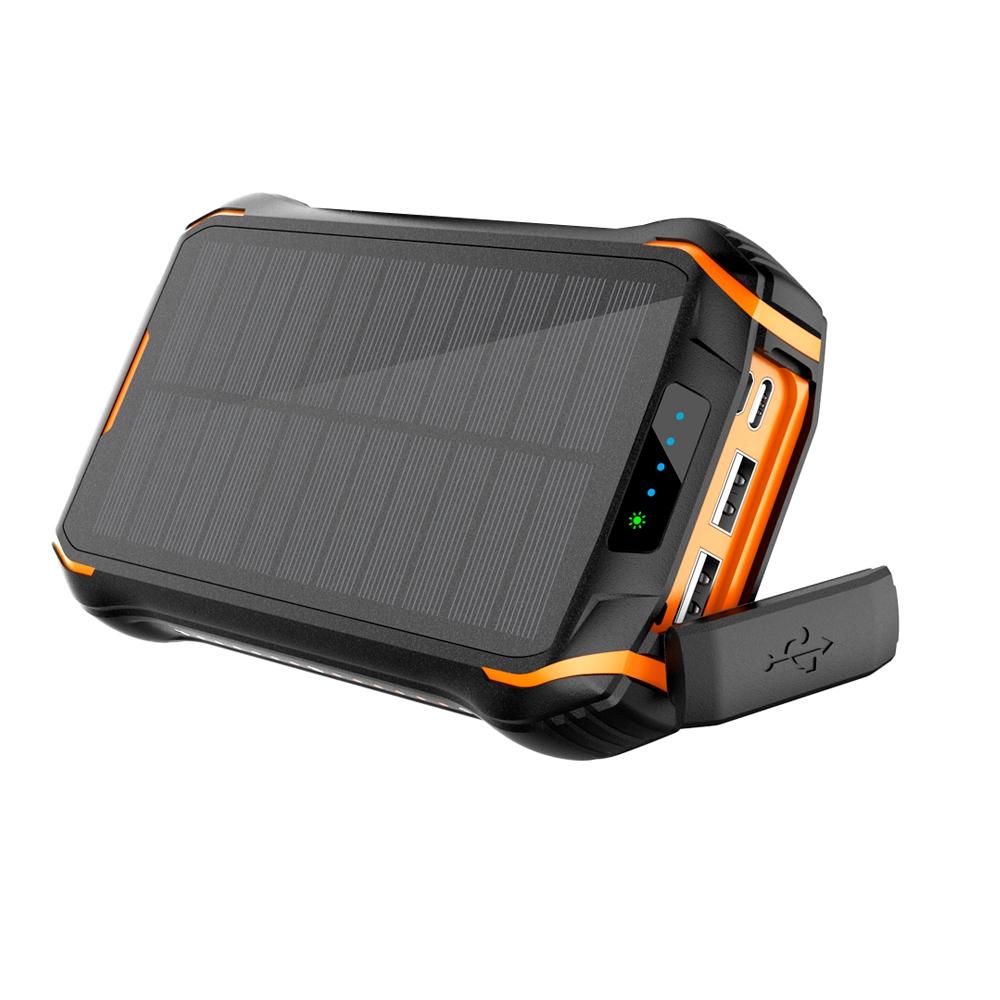
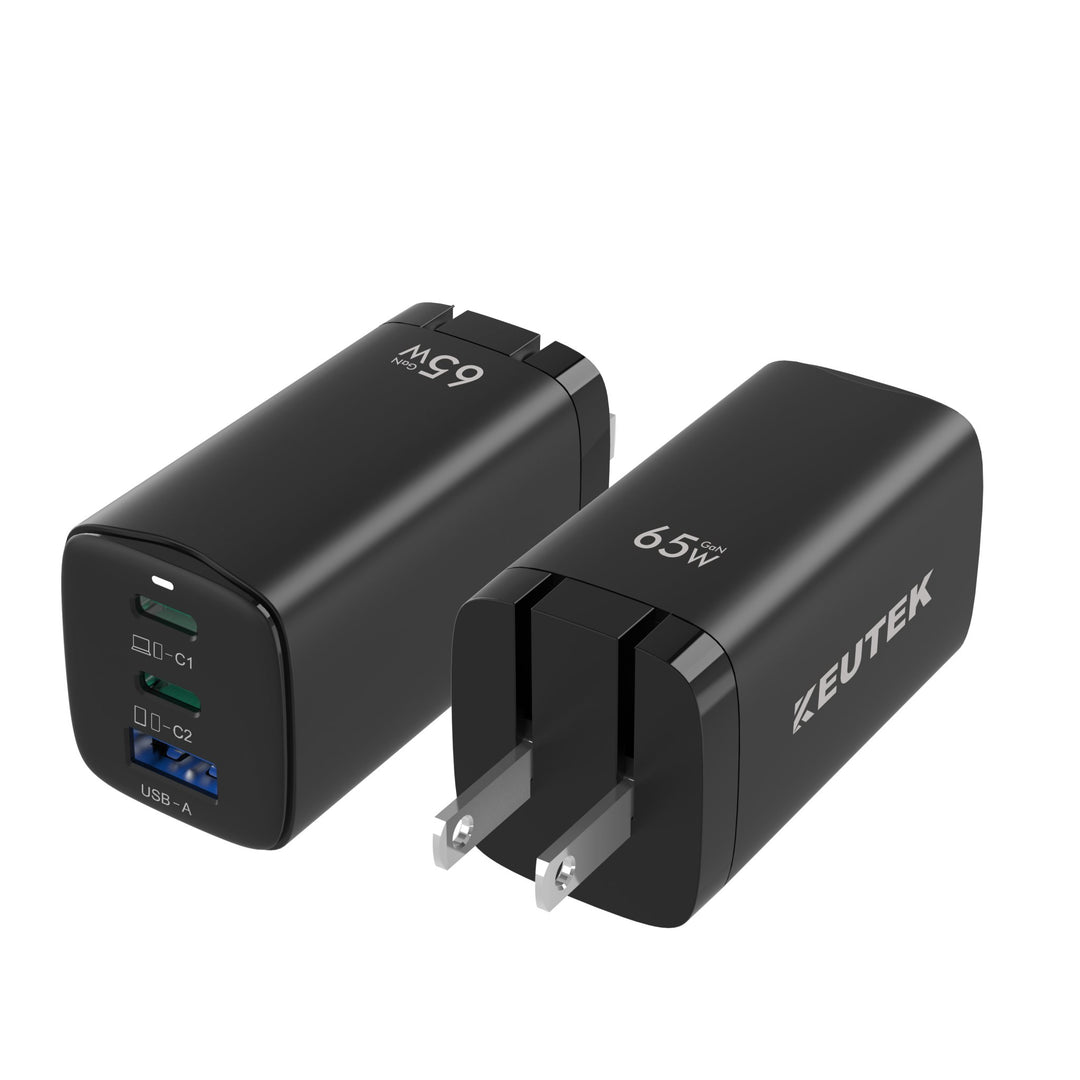
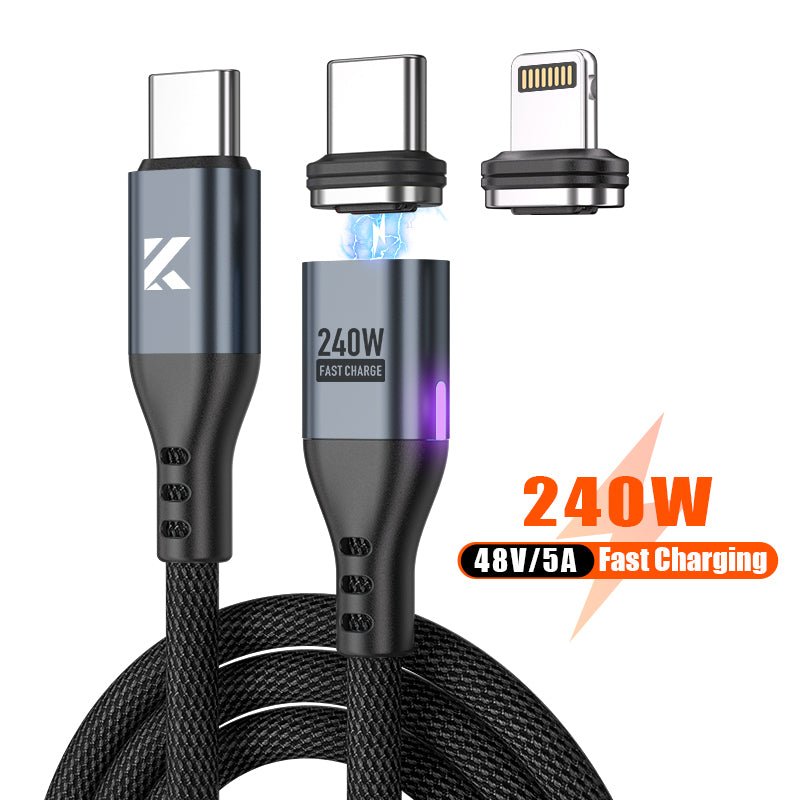
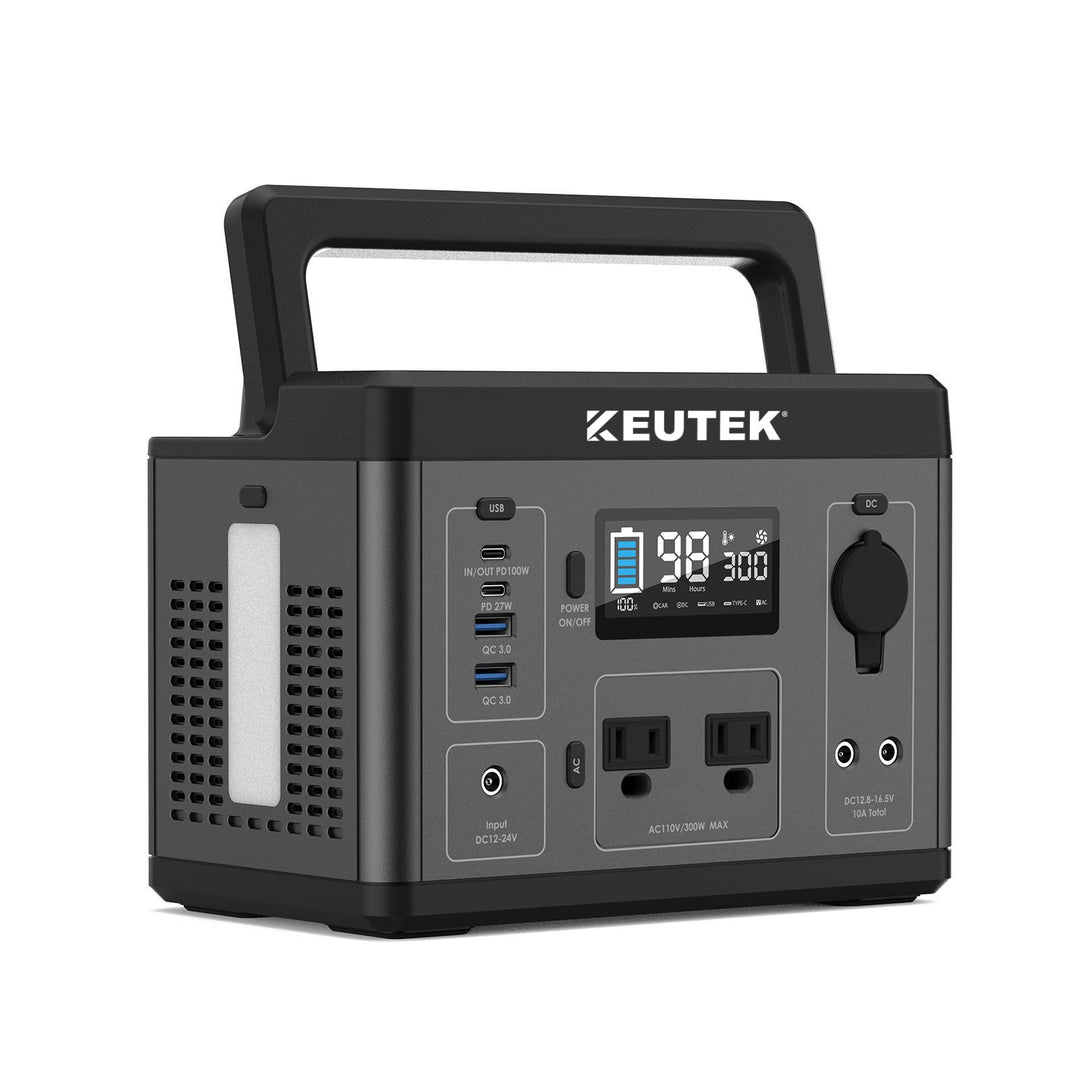
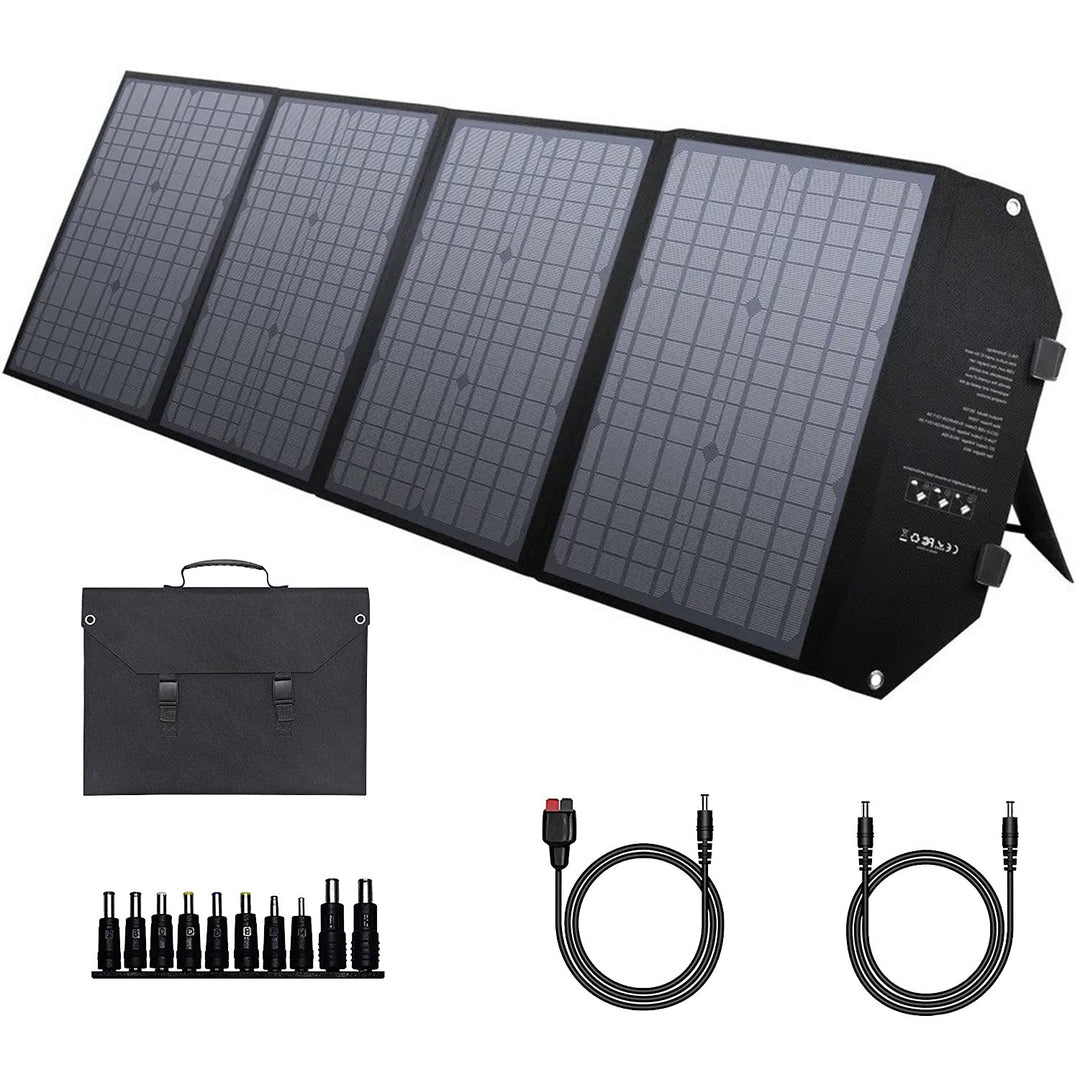
Leave a comment